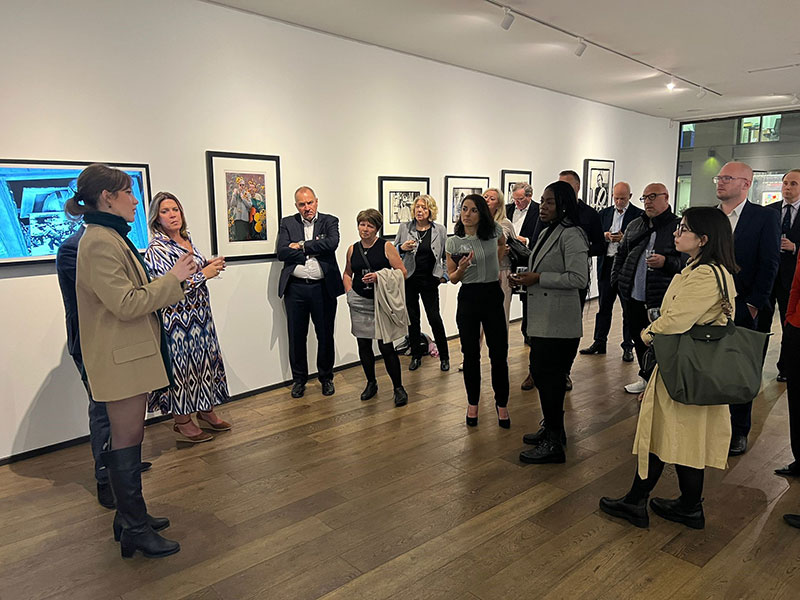Profile – Helen Doyle
Jewellery, Handbag and Wristwatch Specialist
Helen has a wealth of knowledge and over 20 years of experience in the industry. From a family of art and antique dealers and auctioneers, she earned her gemmology diploma from The Gemmological Association of Great Britain.
Experience
She joined the jewellery department at Bonham’s Auctioneers before moving on to lead roles at various asset lenders in London and New York. As her career has progressed, she has also become a specialist in valuing designer handbags and watches. She has been lucky enough to value some exceptionally important pieces throughout her career.
Passionate about keeping up to date with market trends, she prides herself on offering an excellent level of customer service and has a remarkable eye for detail.
About
Helen now lives in Cheltenham working as a valuer and running her own business selling antique jewellery and designer handbags. She loves exploring antique fairs and auctions for new stock. In her spare time, she enjoys restringing pearls and taking her cocker spaniel Ruby for walks in the Cotswolds.
Spot-light
Helen’s favourite piece to value was a rare solid silver Hermes Kelly handbag. Helen loves antique Cartier, Van Cleef and pretty Victorian rings.
Covering
- South West
- East & West Midlands
- Wales

Profile – Sammantha Maclachlan
Jewellery & Wristwatch Specialist
Sammantha Maclachlan FGA DGA MJVA MIRV is an independent registered valuer specialising in jewellery and watches. With over 18 years of experience in the luxury jewellery industry, she has gained valuable expertise with brands such as Mikimoto, Rolex and Patek Philippe.
Professional Qualifications
A senior accredited gemologist, Sammantha is a fellow of the Gemmological Association of Great Britain and a holder of the diamond and gemmology diploma. Sammantha prides herself in offering the highest level of customer service in a professional and friendly manner.
- Fellow of the Gemmological Association of Great Britain (FGA)
- Diamond diploma from the Gemmological Association of Great Britain (DGA)
- Member of the National Association of Jewellers Institute of Registered Valuers (MIRV)
- Member of the Jewellery Valuers Association (MJVA)
- Applied Jewelry Professional from the Gemological Institute of America (GIA AJP)
- Professional Jewellers Diploma from the NAJ (PJ Dip)
- Cultured pearl specialist from Cultured Pearl Association (CPAA)
- Diamond grader with the International Gemmological Institute Antwerp (IGI)
- Certificate of Appraisal Theory from NAJ (CAT)
About
In her spare time, Sammantha enjoys photomicrography, which is the art of photographing gemstones and their inclusions under high magnification.
Spot-light
Sammantha’s favourite piece valued is a pair of large pink diamond earrings from the since-closed Argyle Mine in Australia. A true rarity of the jewellery world.
Covering
- Scotland & Borders



















































